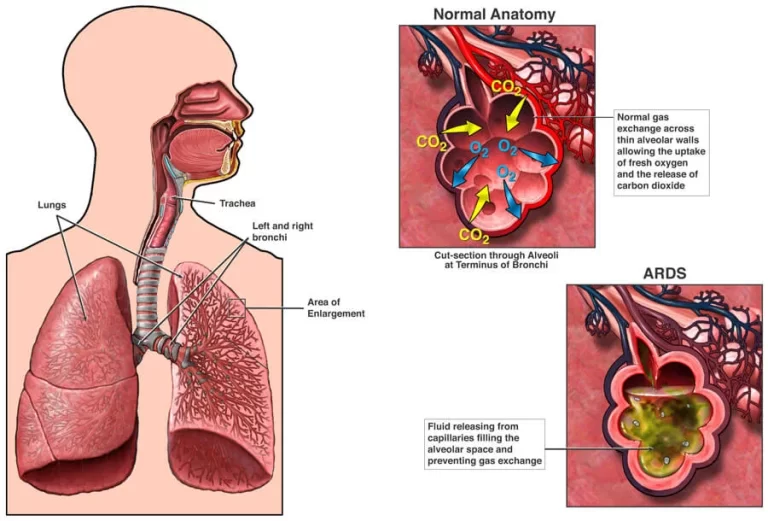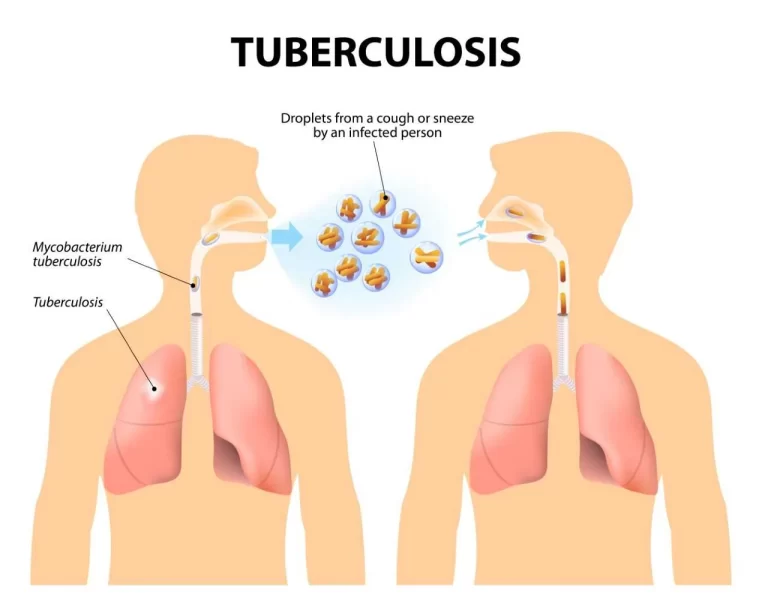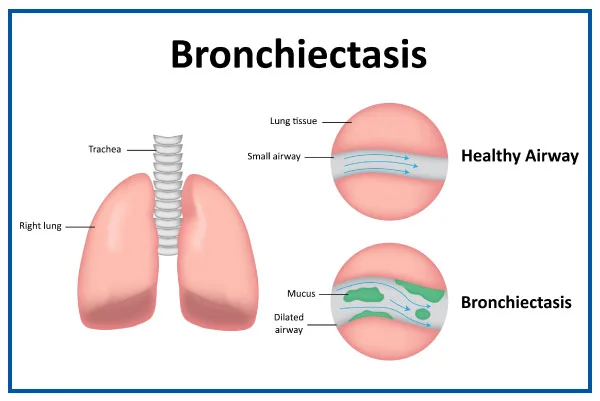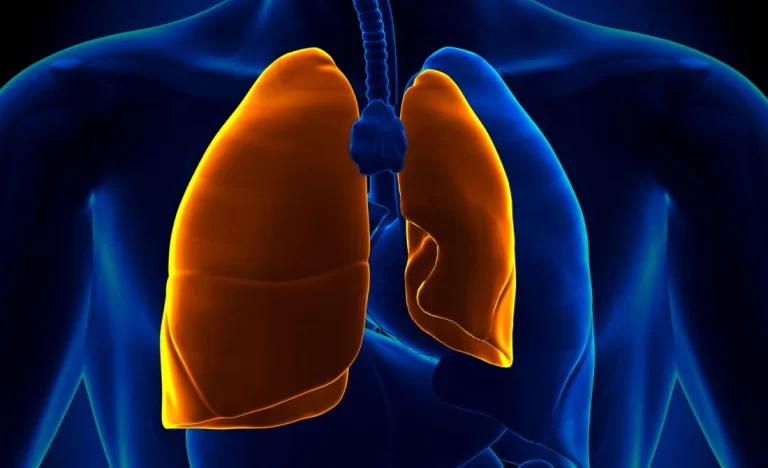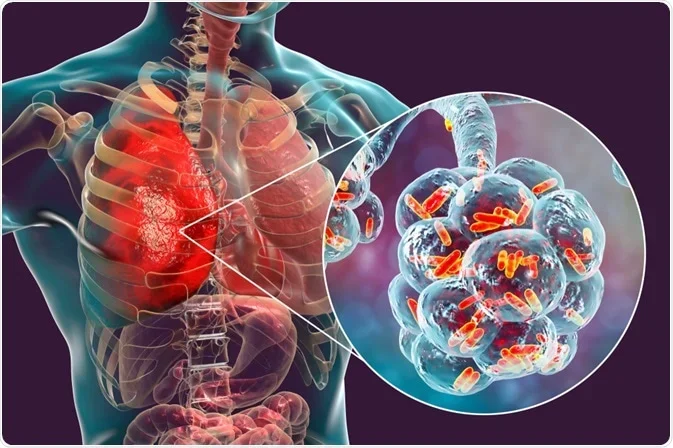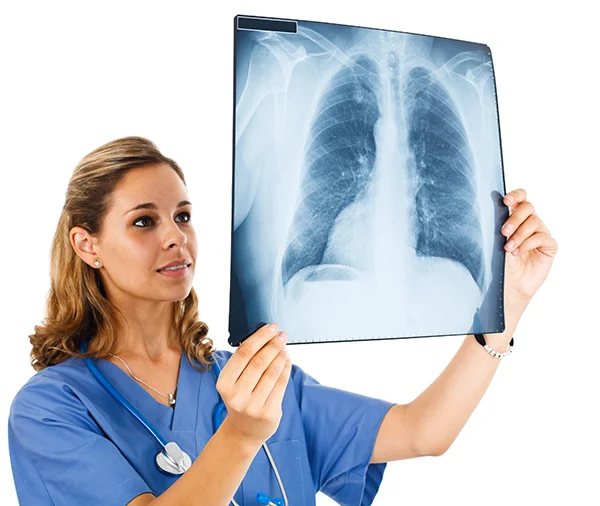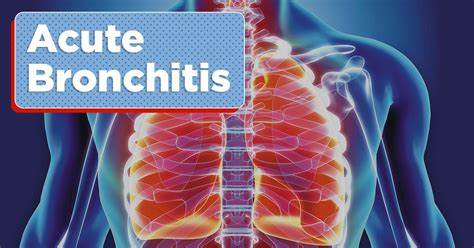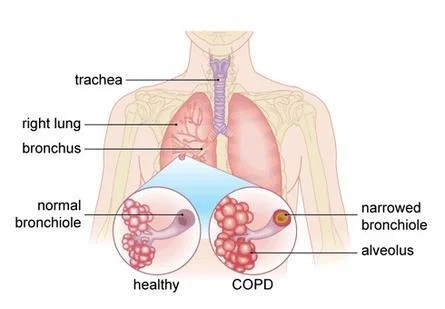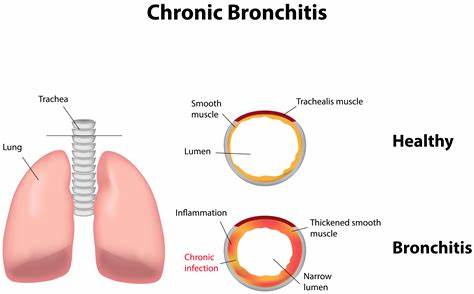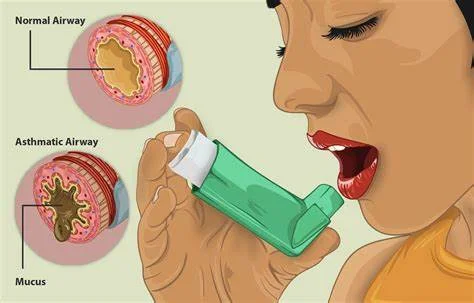Acute Respiratory Distress Syndrome (ARDS)
What is acute respiratory distress syndrome (ARDS)? What causes acute respiratory distress syndrome (ARDS)? Causes of acute respiratory distress syndrome (ARDS) involve: Is acute respiratory distress syndrome (ARDS) infectious? What are the symptoms of Acute Respiratory Distress Syndrome (ARDS)? Symptoms of Acute Respiratory Distress Syndrome (ARDS) depend on the cause and seriousness of the case,…

